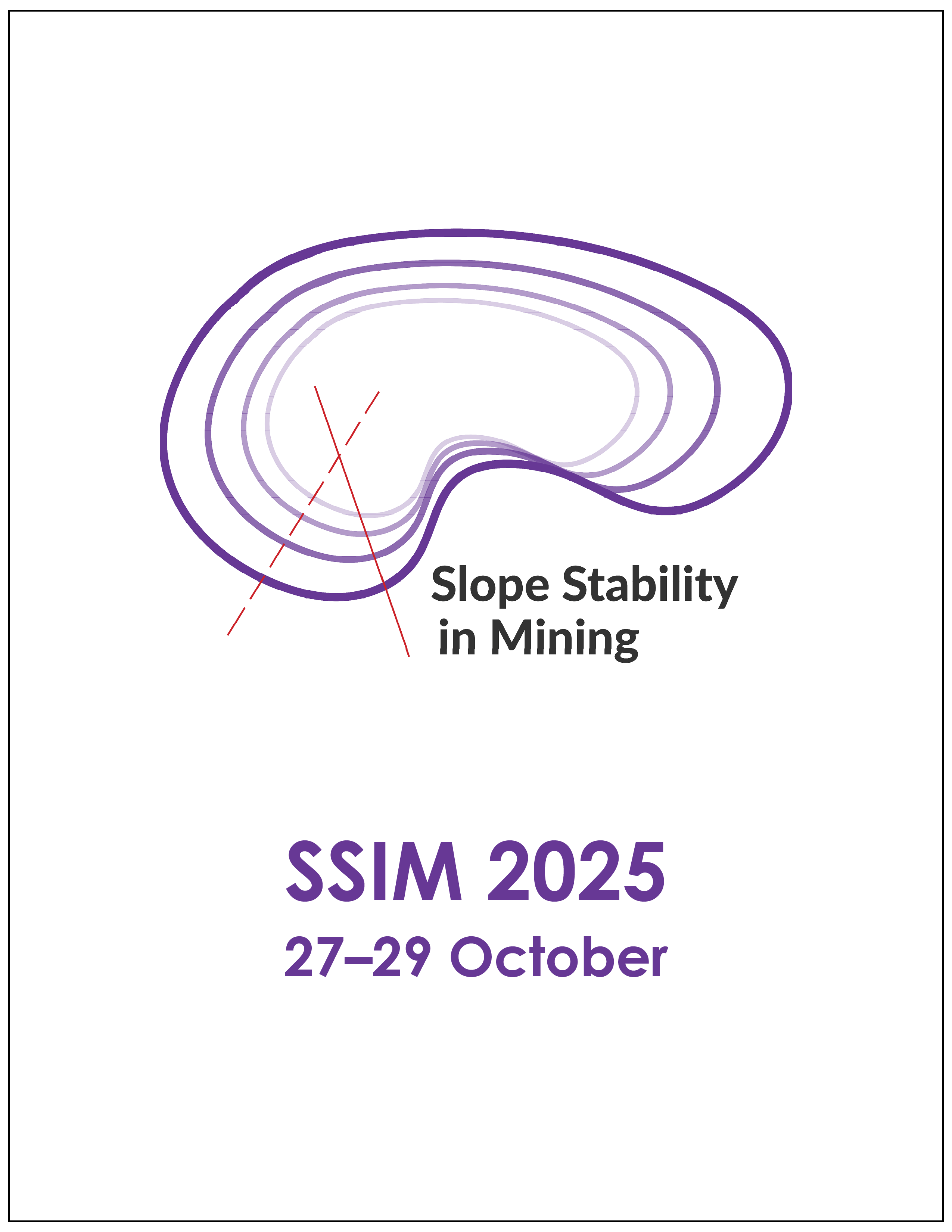Geotechnical and technology partnerships in the mining industry: ensuring availability of operational data

|
Authors: Shilov, E; Tovey, L |
DOI https://doi.org/10.36487/ACG_repo/2535_43
Cite As:
Shilov, E & Tovey, L 2025, 'Geotechnical and technology partnerships in the mining industry: ensuring availability of operational data', in JJ Potter & J Wesseloo (eds), SSIM 2025: Fourth International Slope Stability in Mining Conference, Australian Centre for Geomechanics, Perth, https://doi.org/10.36487/ACG_repo/2535_43
Abstract:
Geotechnical monitoring can be logistically challenging to design, implement and maintain, largely due to the scale and distribution of mining operations in a company’s portfolio. Driven by in-field monitoring requirements to reduce operational risks, a considered approach to the underlying technology infrastructure needs to be undertaken to ensure optimal performance, scalability, survivability, supportability, availability and accessibility across the wider business operations. Often ignored by practitioners when designing mines and safety systems are the critically important foundational infrastructure components required to avoid ongoing technical regret. The key topic of identifying important monitoring technologies used in different mining scenarios is covered in the following paper, followed by many elements of infrastructure design decisions that define successful implementation. Irrespective of specific company requirements, a high-level solution design should be mandatory, and more detailed designs covering hosting and storage, communications and networking, cybersecurity and firewalls, and application deployment with user access models should be produced, in parallel with a clear transition to the operations process required for post-implementation support and maintenance. Driving the detail into these designs are decisions regarding confidentiality, solution integrity and system availability, which in turn inform a design team about user access models, data latency, service continuity, disaster recovery, data archiving, alarm propagation modes, and the integration and portability of monitoring technologies. There is no single solution to suit all mining operations, however, the process of translating monitoring requirements into technology designs is paramount to a successful outcome. The intent of this paper is to highlight what decisions need to be considered and why they are important, with a presentation of both good and poor examples of real industry use cases observed by the authors.
Keywords: geotechnical engineering, geotech, monitoring response, information technology, IT, infrastructure, partnerships, service continuity, disaster recovery
References:
Dixon, R, Tovey, L & Shilov, E 2022, ‘Slope radar monitoring – a partnership and infrastructure case study of scalability, reliability and availability’, The Australian Ground Control Conference: An ISRM Regional Symposium, The Australasian Institute of Mining and Metallurgy, Melbourne.
Government of Western Australia 2022, Work Health and Safety (Mines) Regulations, Perth.
Sharon, R & Eberhardt, E 2020, Guidelines for Slope Performance Monitoring, CSIRO Publishing, Clayton.
Tovey, L, Dixon, R, Morgan, M & Shilov, E 2023, ‘Rocks around the clock: a 24/7 approach to radar slope monitoring’, in PM Dight (ed.), SSIM 2023: Third International Slope Stability in Mining Conference, Australian Centre for Geomechanics, Perth, pp. 741–756,
© Copyright 2025, Australian Centre for Geomechanics (ACG), The University of Western Australia. All rights reserved.
View copyright/legal information
Please direct any queries or error reports to repository-acg@uwa.edu.au
View copyright/legal information
Please direct any queries or error reports to repository-acg@uwa.edu.au

